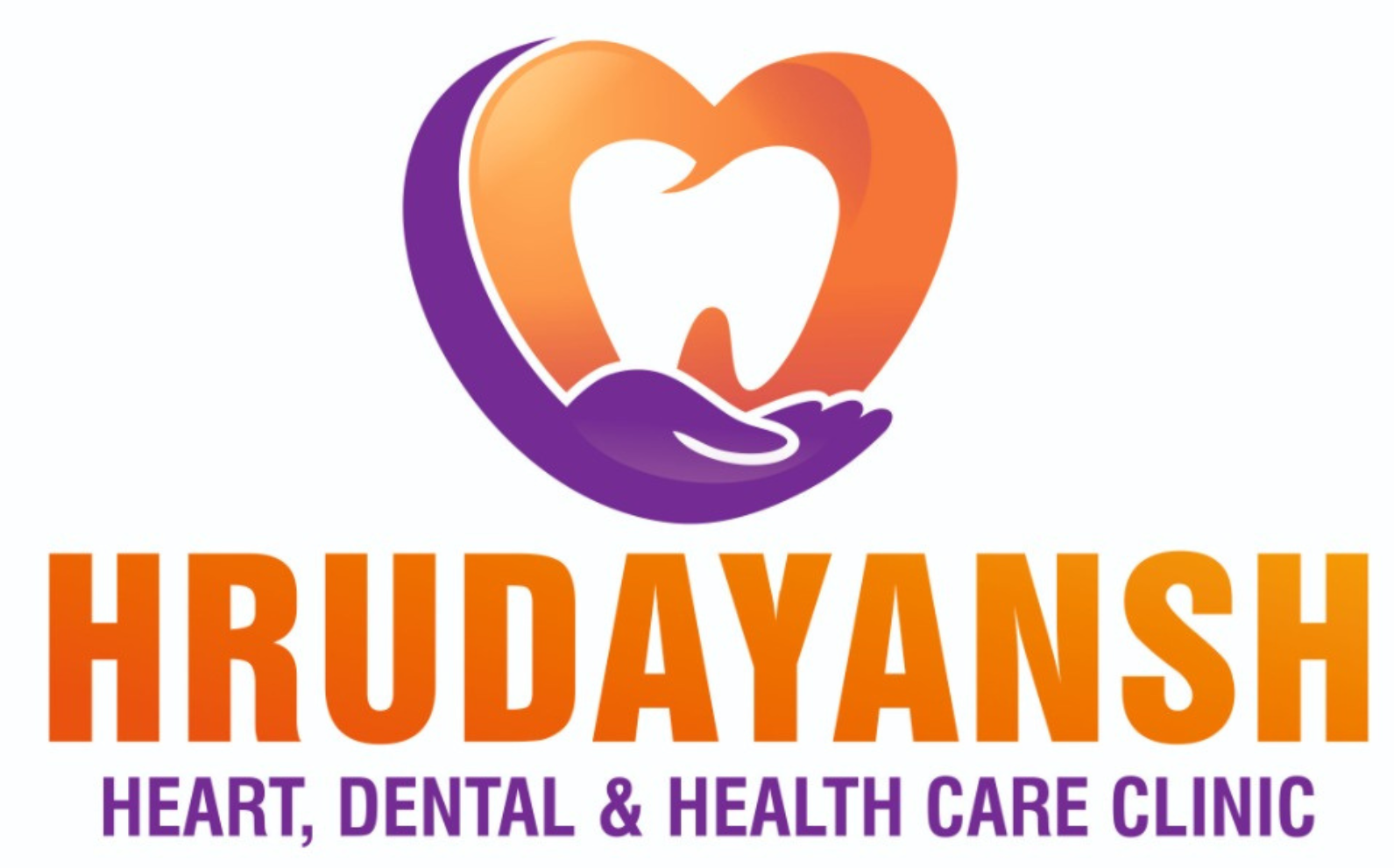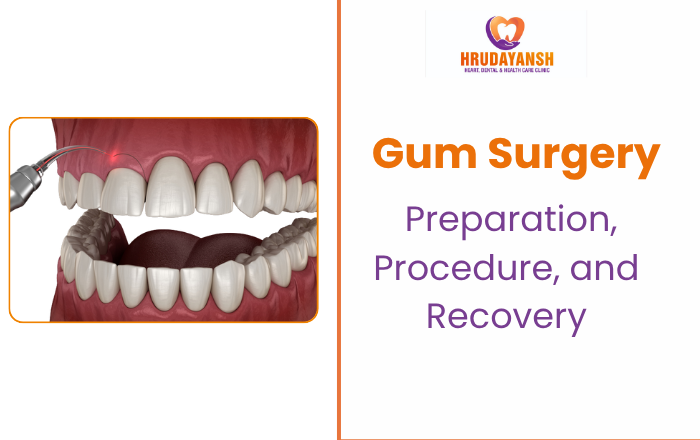If your gums bleed when you brush, feel swollen, or seem to pull away from your teeth, you’re not alone. Many people face gum problems that go beyond basic cleaning. In some cases, your dentist might recommend gum surgery to treat infection, strengthen the gums, and protect your teeth from further damage.
Now, hearing the word “surgery” can sound intimidating—but here’s the truth: gum surgery is a routine dental procedure that helps restore gum health and prevent tooth loss. Knowing what to expect, how to prepare, and how to recover makes the process much easier. Let’s walk through everything you need to know.
What Is Gum Surgery and When Is It Needed?
▸ Understanding Gum Surgery
Gum surgery is a dental treatment that aims to repair damaged gums and restore the natural fit of your gums around your teeth. It’s often used to treat gum disease (periodontitis) or gum recession.
▸ Common types of gum surgery include:
- Flap surgery: Lifting the gums to clean the roots and remove infection.
- Gum grafting: Adding new tissue to cover exposed roots or strengthen thin gums.
- Pocket reduction surgery: Reducing spaces between gums and teeth where bacteria collect.
When Is Gum Surgery Necessary?
Your dentist may suggest gum surgery if:
- You have deep pockets between your gums and teeth.
- Your gums bleed or swell frequently.
- You’ve lost gum tissue and your roots are showing.
- You’re preparing for implants or need to restore gum health before other dental work.
How to Prepare for Gum Surgery
Preparation makes a big difference in how smooth your procedure and recovery go.
▸ Pre-Surgery Consultation
Your dentist will examine your gums, take X-rays, and discuss your medical history. This helps them choose the right type of procedure and anesthesia.
▸ Home Preparation Tips
Follow any prescribed medication or antibiotic routine.
- Eat a balanced meal before your appointment if you’re not under sedation.
- Arrange for someone to drive you home if you’re feeling nervous or if sedation will be used.
- Prepare your recovery space with soft foods, cold packs, and any prescribed mouth rinse.
What to Expect During Gum Surgery
Every case is different, but here’s a general idea of what happens.
▸ Step-by-Step Overview
- Numbing: Local anesthesia is given to make the area completely pain-free.
- Cleaning and Reshaping: The dentist carefully lifts the gum and removes infected tissue or bacteria buildup.
- Grafting or Stitching: If needed, healthy tissue from another area or donor source is added to strengthen weak spots.
- Finishing Up: The gums are repositioned and stitched for healing. A small dressing might be placed for protection.
▸ Duration and Comfort
Most gum surgeries take about one to two hours. You may feel slight pressure during the procedure but not pain. After the anesthesia wears off, mild soreness or swelling is common and manageable with medication.
Gum Surgery Recovery: Tips for Smooth Healing
▸Immediate Aftercare
- Rest for the first 24 hours.
- Avoid heavy activity or bending down.
- Use ice packs on your cheek to control swelling.
- Take prescribed medications as instructed.
▸Eating and Oral Hygiene
- Stick to soft foods like soup, yogurt, mashed potatoes, or smoothies.
- Avoid spicy, crunchy, or hot foods for a few days.
- Rinse your mouth gently with warm salt water or a dentist-approved mouthwash.
- Brush your teeth carefully, avoiding the surgery area until your dentist says it’s safe.
▸Normal vs. Concerning Recovery Signs
Some bleeding, mild swelling, and discomfort are normal for a few days.
Call your dentist if you notice:
- Excessive bleeding
- Persistent pain or swelling after a week
- Fever or pus from the surgical area
How Long Does It Take to Recover from Gum Surgery?
Healing time depends on the type of surgery and your overall health.
- Initial healing: 1–2 weeks
- Full recovery: 4–6 weeks
During this time, following your dentist’s instructions and attending follow-up appointments are key to proper healing.
▸Long-Term Care and Maintenance
Once your gums heal, it’s important to maintain them.
▸Healthy Habits for Strong Gums
- Brush twice a day using a soft toothbrush.
- Floss gently once healing is complete.
- Avoid smoking or using tobacco.
- Visit your dentist regularly for checkups and cleanings.
Good oral hygiene helps keep your gums strong and prevents gum disease from returning.
When to See a Specialist
Not all dental clinics perform gum surgeries. It’s best to visit a dentist who has experience with gum treatments and periodontal care.
If you live in or near Baner and are dealing with gum problems, Dr. Mrunal Nalawade at Hrudayansh Clinic can help. She provides effective gum surgery and helps patients regain healthy, comfortable smiles.
FAQs
Q1. Is gum surgery painful?
No, gum surgery isn’t painful because local anesthesia keeps the area numb. You may feel mild soreness afterward, which is temporary.
Q2. Will my gums grow back after surgery?
In grafting procedures, new tissue is placed to restore gum coverage, giving your gums a fuller, healthier appearance.
Q3. How can I heal faster after gum surgery?
Rest well, eat soft foods, avoid smoking, and follow your dentist’s post-surgery instructions carefully.
Don’t Ignore Gum Problems—Get the Right Treatment Today
Gum surgery can feel like a big step, but it’s often the best way to restore your oral health and prevent future problems. With the right preparation, care, and follow-up, you’ll recover smoothly and notice the benefits quickly.
If you’re experiencing gum pain, swelling, or bleeding, don’t wait. Book an appointment with Dr. Mrunal Nalawade, a trusted dentist in Baner, at Hrudayansh Clinic. She offers effective gum surgery and helps patients regain strong, healthy gums with care and attention.
Take the first step toward a healthier smile—schedule your visit today.

